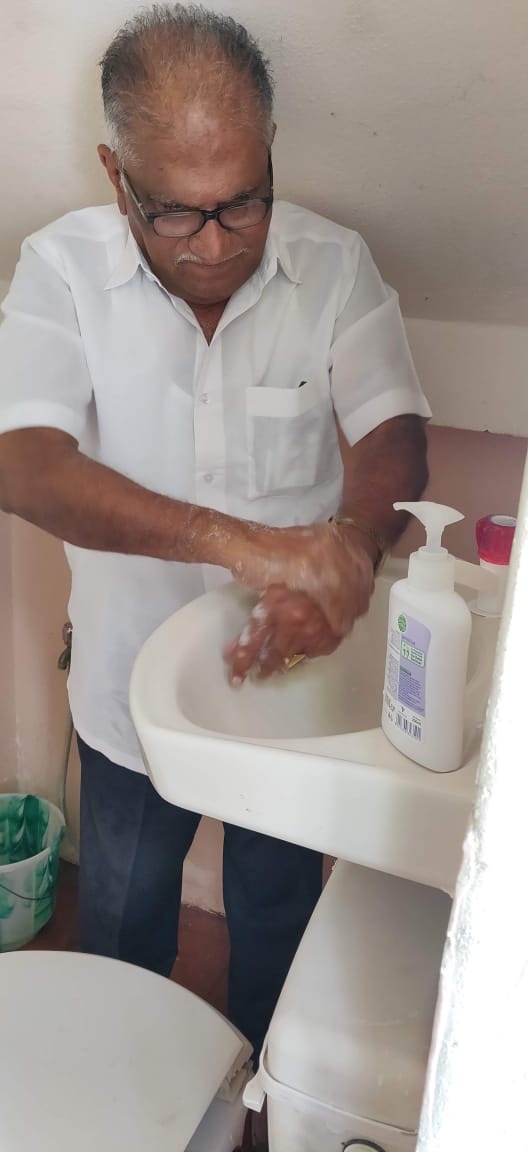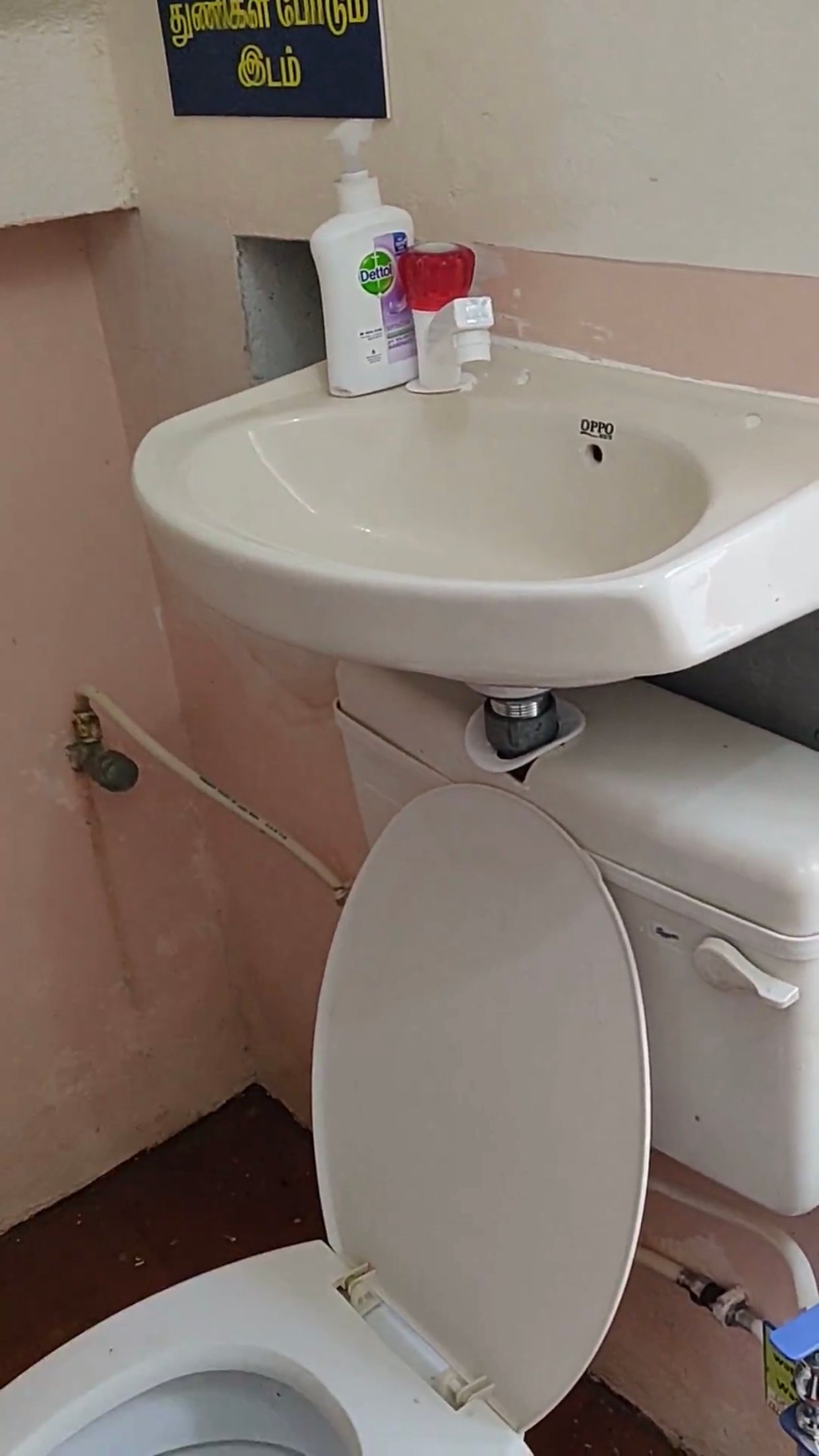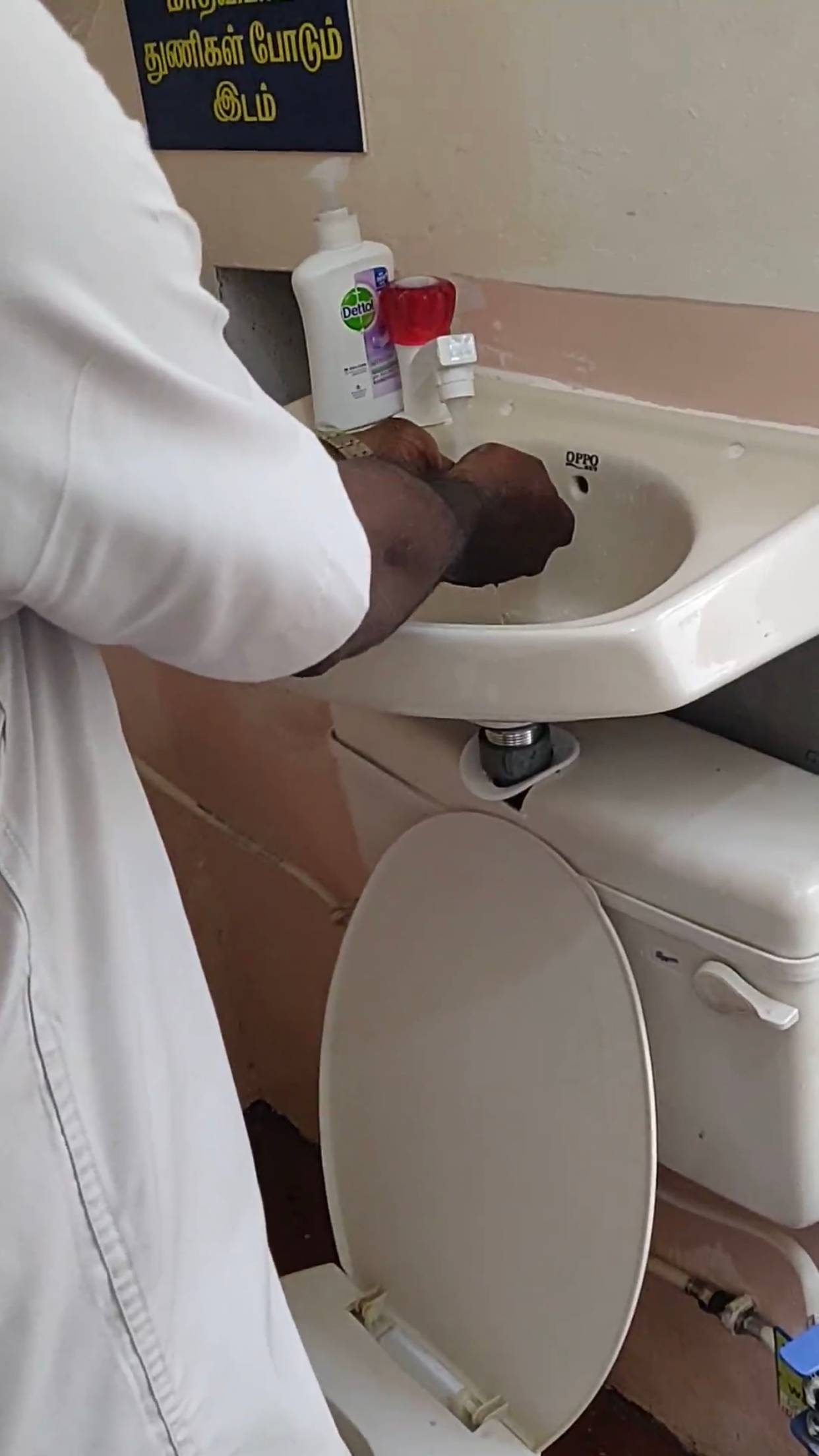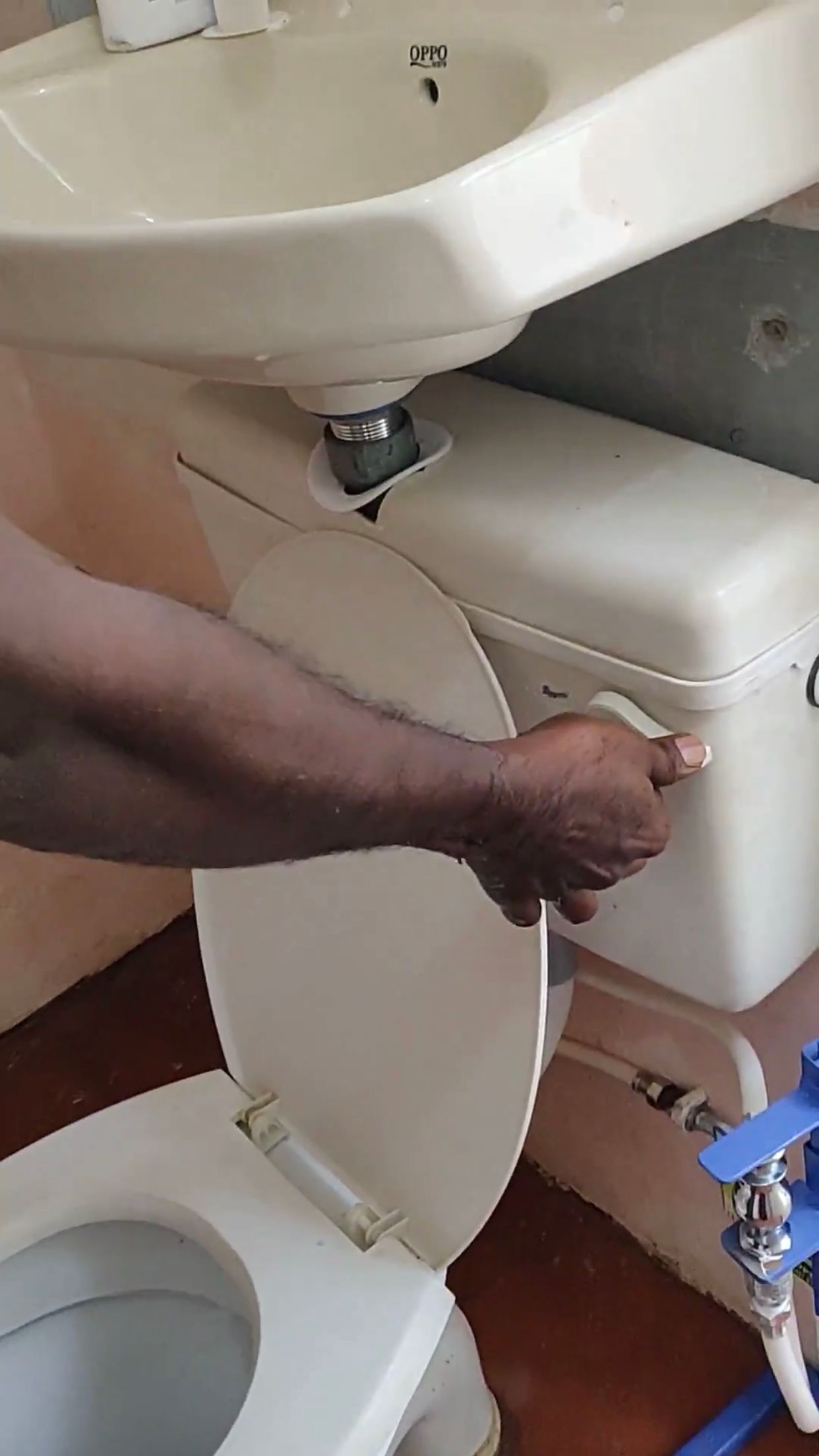The World Health Organisation (WHO) and several health experts maintain that washing hands with soap and water is the best way to prevent the transmission of COVID-19. According to WHO guidelines, a proper hand wash requires a person to lather soap, and scrub their hands on both sides for 20 seconds before washing it off.
However, in India, many cities and villages face water scarcity, owing to poor groundwater levels or weather conditions. This additional requirement for water, apart from that needed for day-to-day activities, might lead to severe implications for water supply in the future. So, it is important to save water whenever and wherever possible.
One man has helped India take one step forward in this direction. Meet 71-year-old Subburaman M, a resident of Trichy, Tamil Nadu, who won a Padma Shri for improving sanitation in rural areas. He is the founder of an NGO named Society for Community Organisation and People’s Education (SCOPE), under which he has installed 1.2 lakh toilets across India.

More recently, he has innovated a simple solution in his home that allows grey water generated from washing hands to be used for flushing the toilet.

“During the lockdown period, everyone started washing their hands often to stay safe from coronavirus. However, many did not think about saving water while doing so. Some people even keep the water running while lathering soap for 20 seconds. This leads to massive wastage. So I started to think of ways we could reuse this water,” says Subburaman, adding that he was inspired by a picture of a Japanese toilet that had a washbasin integrated with a toilet.
In an interview with The Better India, he shares how he installed the prototype in his home, and how others can do it too.
A simple solution
To efficiently use the greywater generated from the washbasin, Subburaman purchased a new wash basin and fitted this one right on top of this western-style toilet. However, he says that an old one can be removed and refitted too.
“The idea was to connect the basin to the toilet’s flush tank. To do so, the exit pipe from the basin was inserted on top of the flush tank through a hole. The cutting work was done with the help of a plumber,” says Subburaman.
Once the two were fitted, they were sealed in place, and the water connection was directed only to the washbasin.

“I have been using the system for over six months. It works perfectly and I have faced no damages or leakages,” says Subburaman.
If you wish to have this innovative solution installed in your home, here’s how you can:
Step 1: With help from a plumber, install an old/new washbasin on the wall over the toilet’s flush tank.
Step 2: Create a hole, as big as the outlet pipe, on the flush tank.
Step 3: Once the washbasin is mounted, insert the outlet pipe into the flush tank.
Step 4: Direct the water supply to the washbasin and turn off the valve leading to the toilet.

Step 5: Open the tap and let the water run for a few seconds to check for any leakages.

According to Subburaman, it takes up to three or four hand washes to fill up the flush tank. To avoid touching the tap while washing hands, he also had a foot pedal installed. However, he says this is optional.
No comments:
Post a Comment